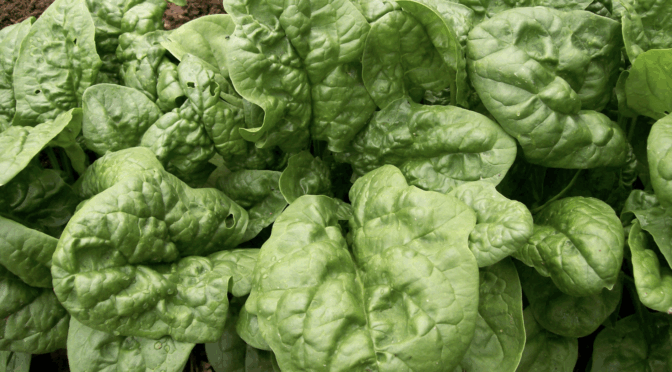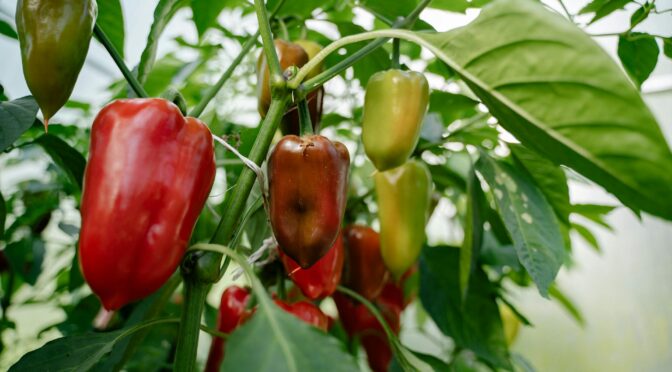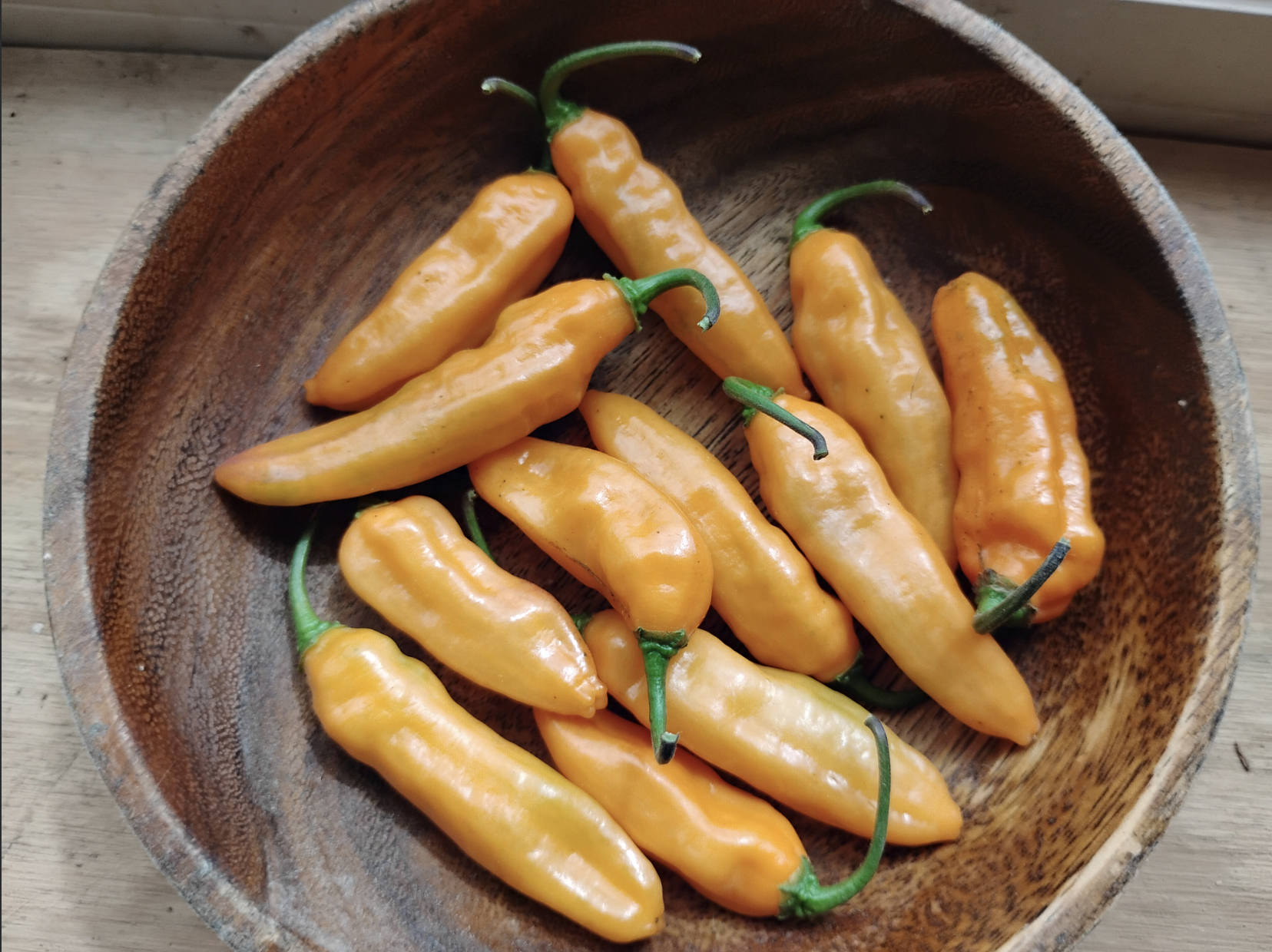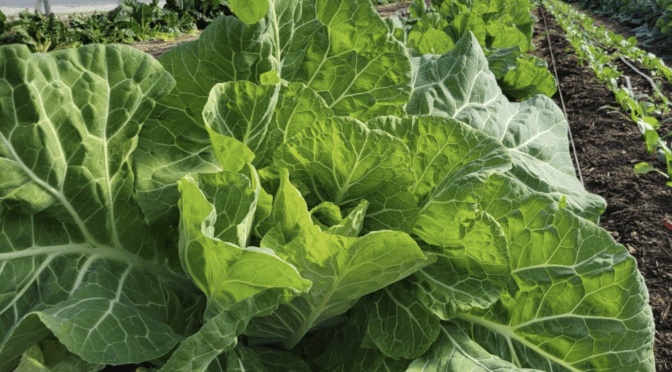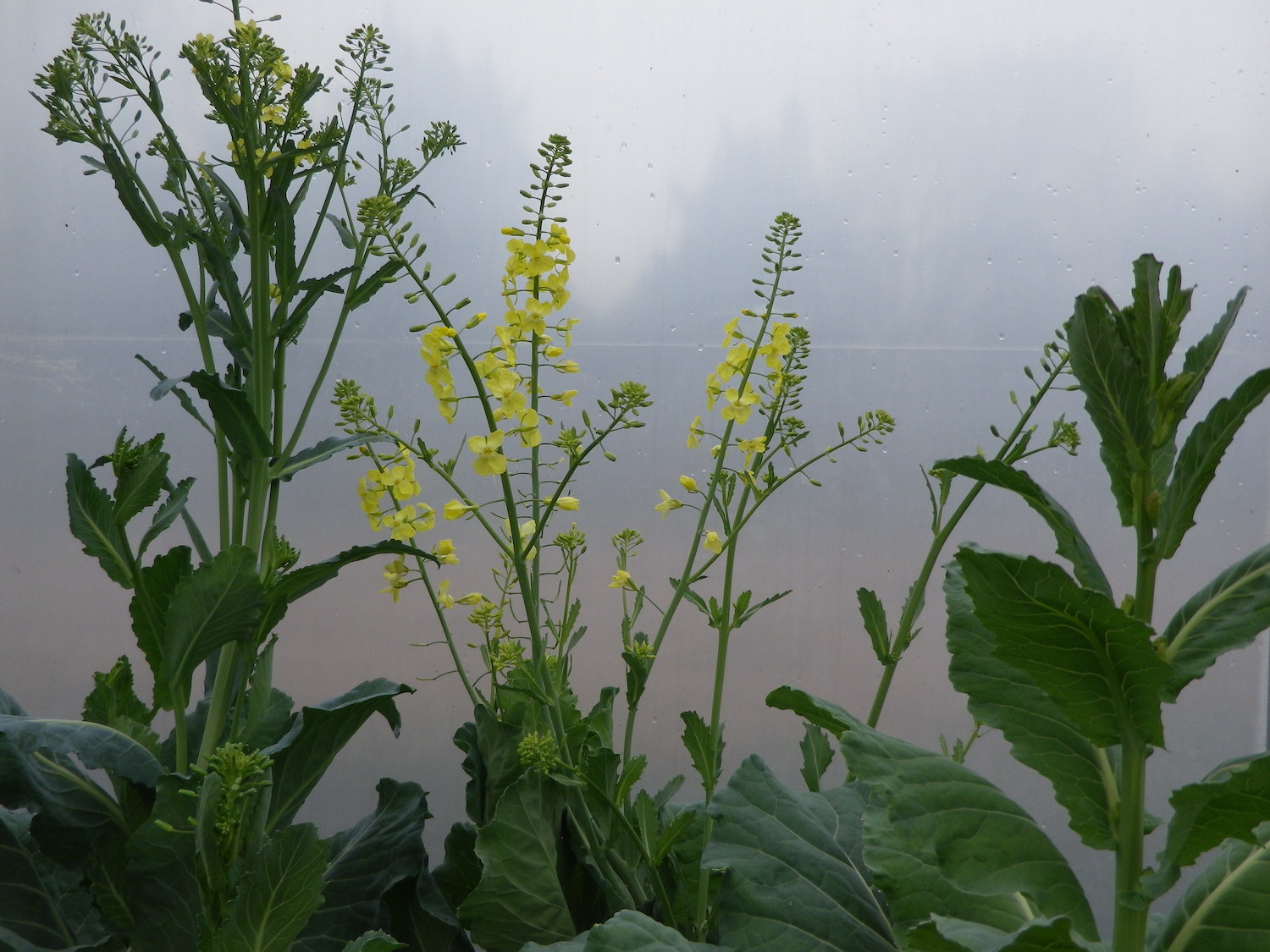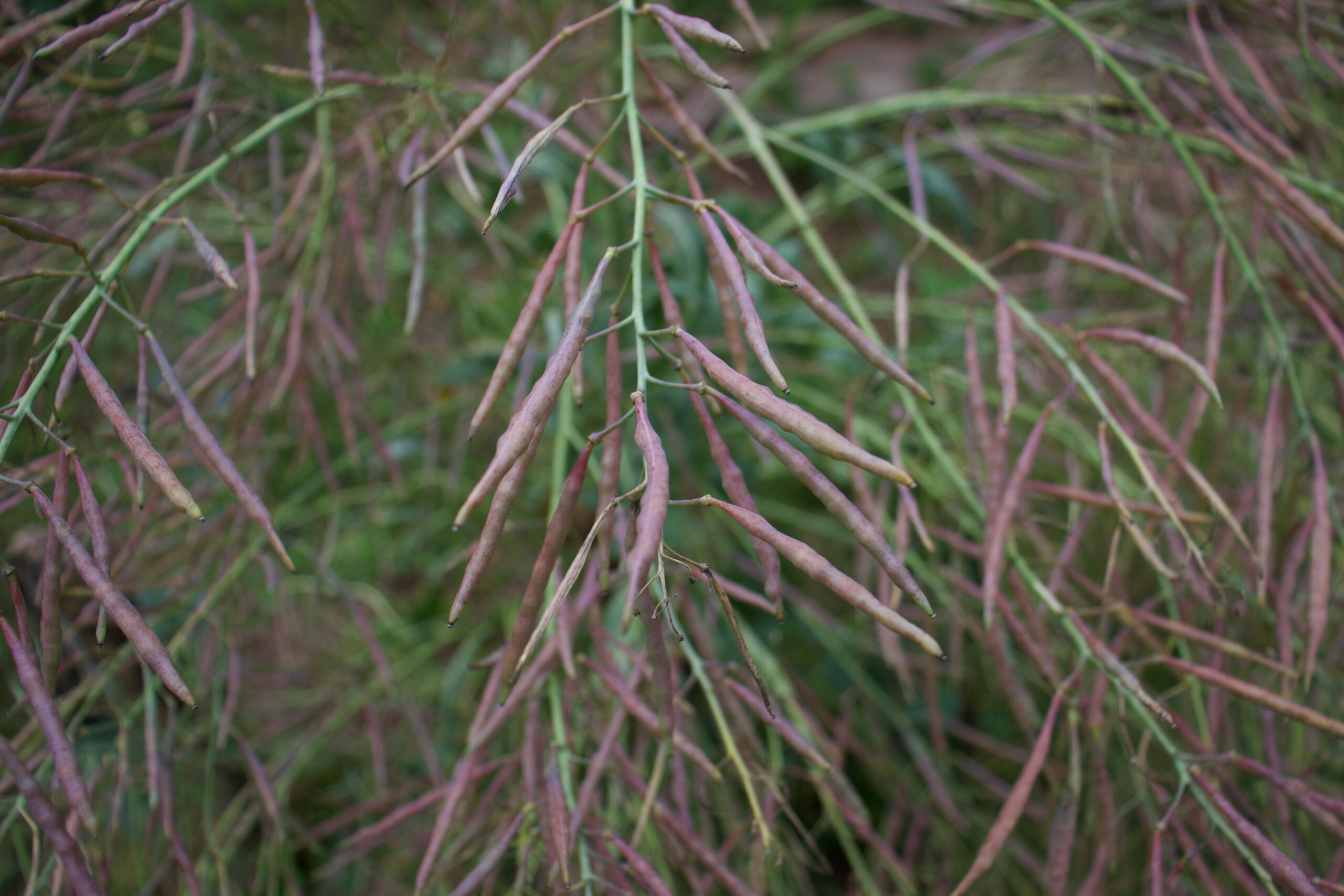In the Southeast, it’s tough to grow cold-loving, heat-sensitive crops like spinach during the spring. Too quickly, the spring showers give way to summer heat and humidity, and the spinach bolts. Thankfully, we can enjoy spinach right through the winter with a bit of care. These tips will help you grow winter spinach like a pro.
Why Grow Winter Spinach?
Spinach grown in frosty weather has the largest and sweetest leaves. Plus, winter-grown spinach is low maintenance. Once it’s established, you won’t have much to do besides occasionally harvest.

Spinach Varieties for Winter Production
Most true spinach varieties are pretty cold hardy, and we carry a few that are suited to winter production.
- Abundant Bloomsdale Spinach
- Beaujolais Spinach
- Long Standing Bloomsdale Spinach
- Viroflay Spinach (Monstrueux de Viroflay)
- Winter Bloomsdale Spinach
Longstanding and Winter Bloomsdale are both great options for overwintering even in cooler climates, withstanding winter lows down to 0°F.
When to Start Winter Spinach
High summer temperatures can prevent germination or kill young spinach seedlings, so in the southeast it’s often ideal to wait a month before you’re first expected frost.
That said, in cool or mountainous areas, you want to make sure the plants are well established before winter lows halt their growth. When the day length reaches 10 hours per day or fewer, growth is significantly reduced.
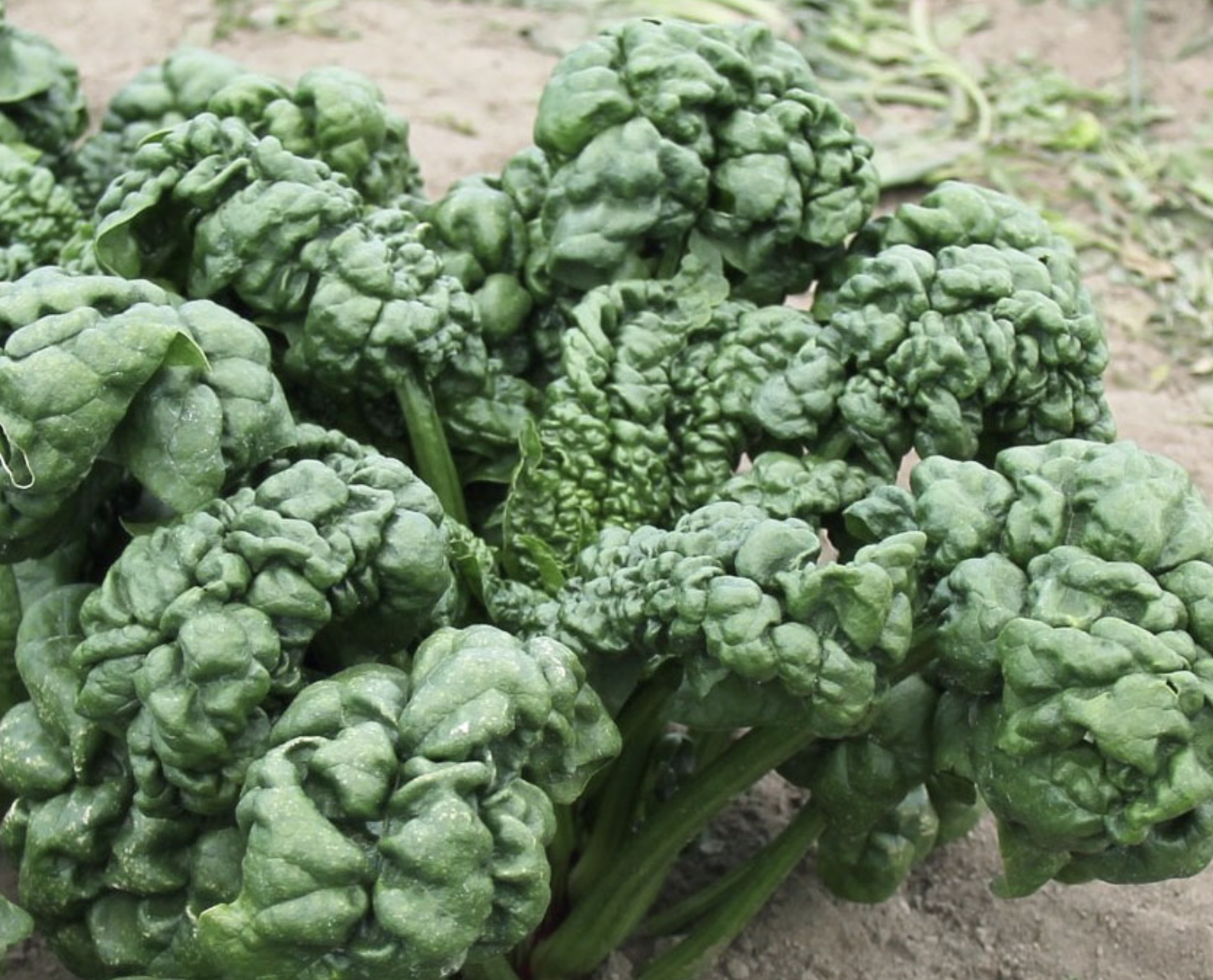
How to Start Winter Spinach
Especially in the Southeast, getting winter spinach started in the late summer or fall while temperatures are still hot can be a major challenge. To ensure good germination and seedling growth, you need to keep the soil as cool as possible.
Irrigate often to keep the soil cool and moist. Irrigating with cool water will bring down the soil temperature. It will further decrease as moisture evaporates and draws heat from the soil.
When irrigating frequently, be careful not to make the soil soggy and monitor closely for signs of dampening off.
If your spinach is in an open bed in fall, sow seed 2-3 times as thick to help the spinach survive grasshoppers.
Maintaining Spinach Through Winter
While some spinach varieties can tolerate temperatures down to 0°F and even getting snowed on, it is best to give them a bit of protection if possible. You can overwinter spinach in a cold frame, low tunnel, or high tunnel.
In the mountains or more northern areas, you can use a combination to help protect spinach more. Plant spinach in a high tunnel, then as the temperatures drop, cover it with frost cloth or low tunnels.
While growth will slow and eventually halt in the fall or winter, you can still harvest some spinach leaves in the winter. As the day length increases again in February, you will see growth resume. Overwintered spinach makes for an excellent early crop in spring.
In warmer temperatures, remember to remove or vent your coverings to ensure the spinach doesn’t get too hot.

